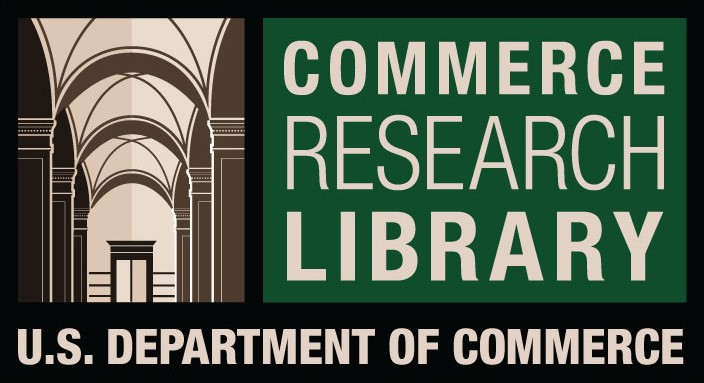EFFECTIVENESS OF AUDIO-VISUAL MEDIA TOWARDS ATTITUDES OF WOMEN SEX WORKER IN THE VISUAL ACETIC ACID INSPECTION (IVA) EXAMINATION
DOI:
https://doi.org/10.61841/x1nfnw59Keywords:
audio-visual media, attitude, IVAAbstract
Background: Cervical cancer is a health problem for women throughout the world. It is transmitted through sexual contact; 75 percent of infections occur in women who have had sex. One group of women of childbearing age who have a high risk include women who frequently change partners in sexual intercourse. One alternative method of screening for cervical cancer is visual inspection with acetic acid outfits (IVA). Efforts to influence attitudes towards IVA tests are conducting health education with audio-visual media (video).
Objective: to determine the effectiveness of audio- visual media on the attitude of women sex worker in an IVA examination.
Method: the study used a Quasi-Experiment design with a Pretest-Posttest one Group Design. The population in this study was Female Sex Worker in Karawang with a total sample of 47 respondents who were chosen by simple random sampling. Analysis with independent t-test. Result: there is a significant difference in attitude between before and after treatment with audio-visual media (video) with p- value is 0.001. The mean attitude difference between the pre-test and post-test is 13.32.
Conclusion: Health education with audio-visual (video) media is effective on the attitude of women sex worker in an IVA examination.
Downloads
References
1. World Health Organization. Latest world cancer statistics. Int Agency Res Cancer, World Heal Organ [Internet]. 2013;(December):2012–4. Available from: http://www.iarc.fr/en/media-centre/pr/2013/pdfs/pr223_E.pdf
2. International Agency for Research on Cancer. Globocan 2012 Cancer Fact Sheet. Int Agency Res Cancer.
2012;1–6.
3. Vet JNI, Kooijman JL, Henderson FC, Aziz FM, Purwoto G, Susanto H, et al. Single-visit approach of cervical cancer screening: See and Treat in Indonesia. Br J Cancer [Internet]. 2012;107(5):772–7. Available from: http://dx.doi.org/10.1038/bjc.2012.334
4. Depkes. Pedoman Teknis Pengendalian Kanker Payudara dan Kanker Seviks. Indonesia: Kementrian Kesehatan
.Direktoral jendral PP&PL,Direktorat Pengendalian Penyakit Tidak Menular; 2013. 3 p.
5. Gayatri D. Hubungan Stadium Klinik dengan Ketahanan Hidup 5 tahun Pasien Kanker Serviks di RSUPN Cipto Mangunkusumo dan RSK Dharmais Jakarta. 2002;17–21.
6. Vet JNI, Boer MA De, Akker B Van Den, Siregar B, Budiningsih S, Tyasmorowati D. Prevalence of human papillomavirus in Indonesia : a population-based study in three regions. 2008;(July):214–8.
7. Lyimo FS, Beran TN. Demographic, knowledge, attitudinal, and accessibility factors associated with uptake of cervical cancer screening among women in a rural district of Tanzania: Three public policy implications. BMC Public Health [Internet]. 2012;12(1):22. Available from: http://www.biomedcentral.com/1471-2458/12/22
8. Dinkes. Profil Dinas Kesehatan. Karawang: Dinas Kesehatan Karawang; 2016.
9. Maulana. Promosi Kesehatan. Jakarta: EGC; 2009.
10. Mulyati S, Suwarsa O, Desy Arya IF. Pengaruh Media Film Terhadap Sikap Ibu Pada Deteksi Dini Kanker Serviks. J Kesehat Masy [Internet]. 2015;11(1):16. Available from: http://journal.unnes.ac.id/nju/index.php/kemas/article/view/3401
11. Leung SS, Leung I. International Journal of Women’s Health Dovepress Cervical cancer screening: knowledge, health perception and attendance rate among Hong Kong Chinese women. Int J Womens Health [Internet]. 2010;2:221–8. Available from: www.dovepress.com
12. Mock J, McPhee SJ, Nguyen T, Wong C, Doan H, Lai KQ, et al. Effective lay health worker outreach and media- based education for promoting cervical cancer screening among Vietnamese American women. Am J Public Health. 2007;97(9):1693–700.
13. Arsyad A. Media Pembelajaran. Jakarta: Rajawali Press; 2011.
14. Ambarwati , Ayu Khoirotul U , Fifit Kurniawati , Tika Diah K SD. Media Leaflet, Video Dan Pengetahuan Siswa ISWA SD Tentang Bahaya Merokok. J Kesehat Masy. 2014;10(1):7–13.
15. Handayani L, Ristrini. Pengaruh Model Pembelajaran Kesehatan Menggunakan Multimedia Terhadap Perubahan Pengetahuan Dan Sikap Siswa Sltp Terkait Faktor Risiko Penyakit Jantung Koroner. Bul Penelit Sist Kesehat [Internet]. 2010;13(4):334–343. Available from: https://media.neliti.com/media/publications/21313-ID-pengaruh- model-pembelajaran-kesehatan-menggunakan-multimedia-terhadap-perubahan.pdf
16. Ismarwati, Sutaryo IMS, Widyatama R. Promosi Kesehatan dalam Meningkatkan Pengetahuan , Sikap dan Perilaku Deteksi Dini Kanker Serviks pada Ibu-Ibu Anggota Pengajian. Ber Kedokt Masy [Internet]. 2011;27(2):66–74. Available from: http://jurnal.ugm.ac.id/bkm/article/view/3406/2954
17. Notoatmodjo S. Promosi Kesehatan dan Ilmu Perilaku. Jakarta: PT. Rineka, Cipta; 2012.
18. Azwar. Sikap Manusia Teori dan Pengukurannya. Yogyakarta: Pustaka Belajar; 2013.
Downloads
Published
Issue
Section
License

This work is licensed under a Creative Commons Attribution 4.0 International License.
You are free to:
- Share — copy and redistribute the material in any medium or format for any purpose, even commercially.
- Adapt — remix, transform, and build upon the material for any purpose, even commercially.
- The licensor cannot revoke these freedoms as long as you follow the license terms.
Under the following terms:
- Attribution — You must give appropriate credit , provide a link to the license, and indicate if changes were made . You may do so in any reasonable manner, but not in any way that suggests the licensor endorses you or your use.
- No additional restrictions — You may not apply legal terms or technological measures that legally restrict others from doing anything the license permits.
Notices:
You do not have to comply with the license for elements of the material in the public domain or where your use is permitted by an applicable exception or limitation .
No warranties are given. The license may not give you all of the permissions necessary for your intended use. For example, other rights such as publicity, privacy, or moral rights may limit how you use the material.









